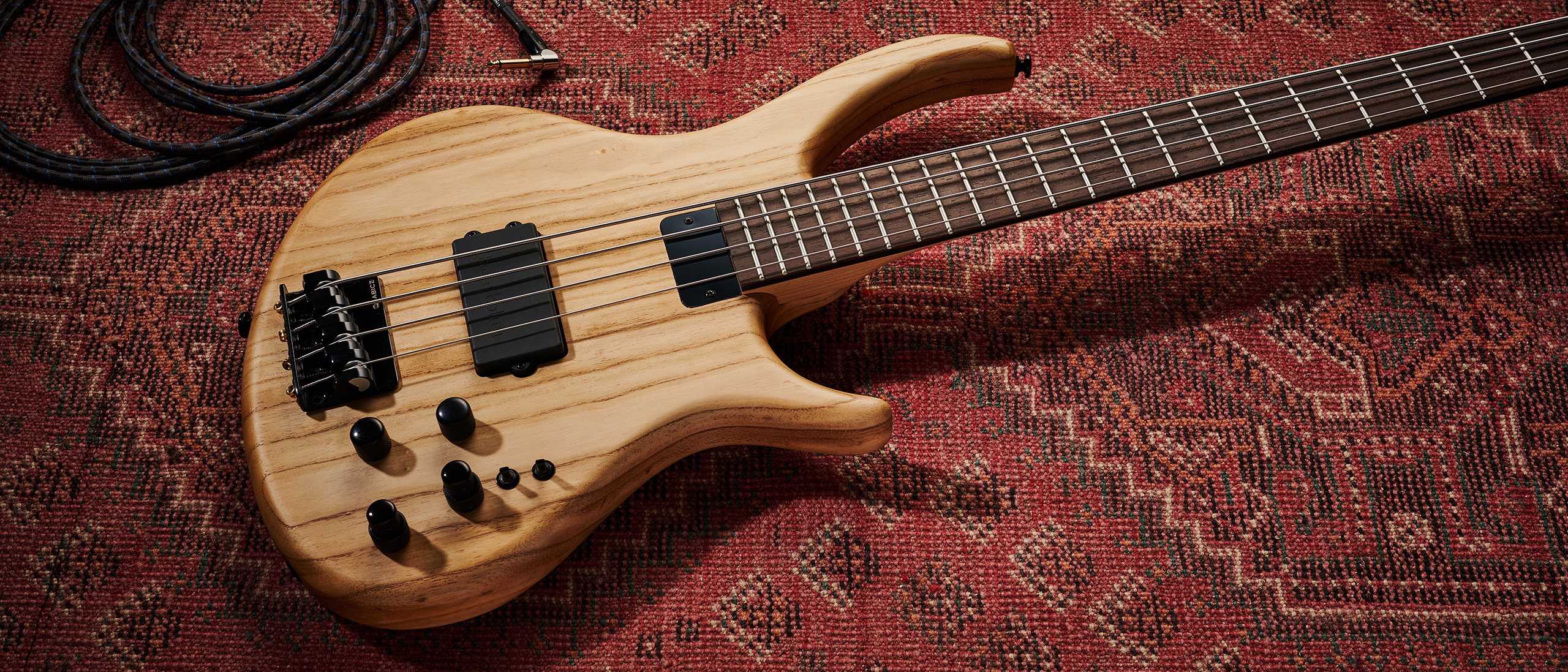
What is it?
Don’t adjust your set – Tobias bass guitars really are back. The revered small-shop brand was purchased by Gibson in 1990, finding a new audience, but very little has been done with the name since the turn of this century.
Company founder Michael Tobias moved on in the mid-'90s and started his now well-established MTD brand, while the original basses bearing his name have maintained a cult following during their time off the price lists.
For 2025, Gibson has re-introduced Tobias to the landscape, with Indonesian-built versions of the neck-through Classic, and two bolt-on models originating from the early Gibson era - the Killer B, and the Growler.
All models are available as either four or five-string basses. The model I have today, though, is perhaps the simplest expression of a 2025 Tobias bass - a four-string version of the company’s single-pickup design: the Growler.
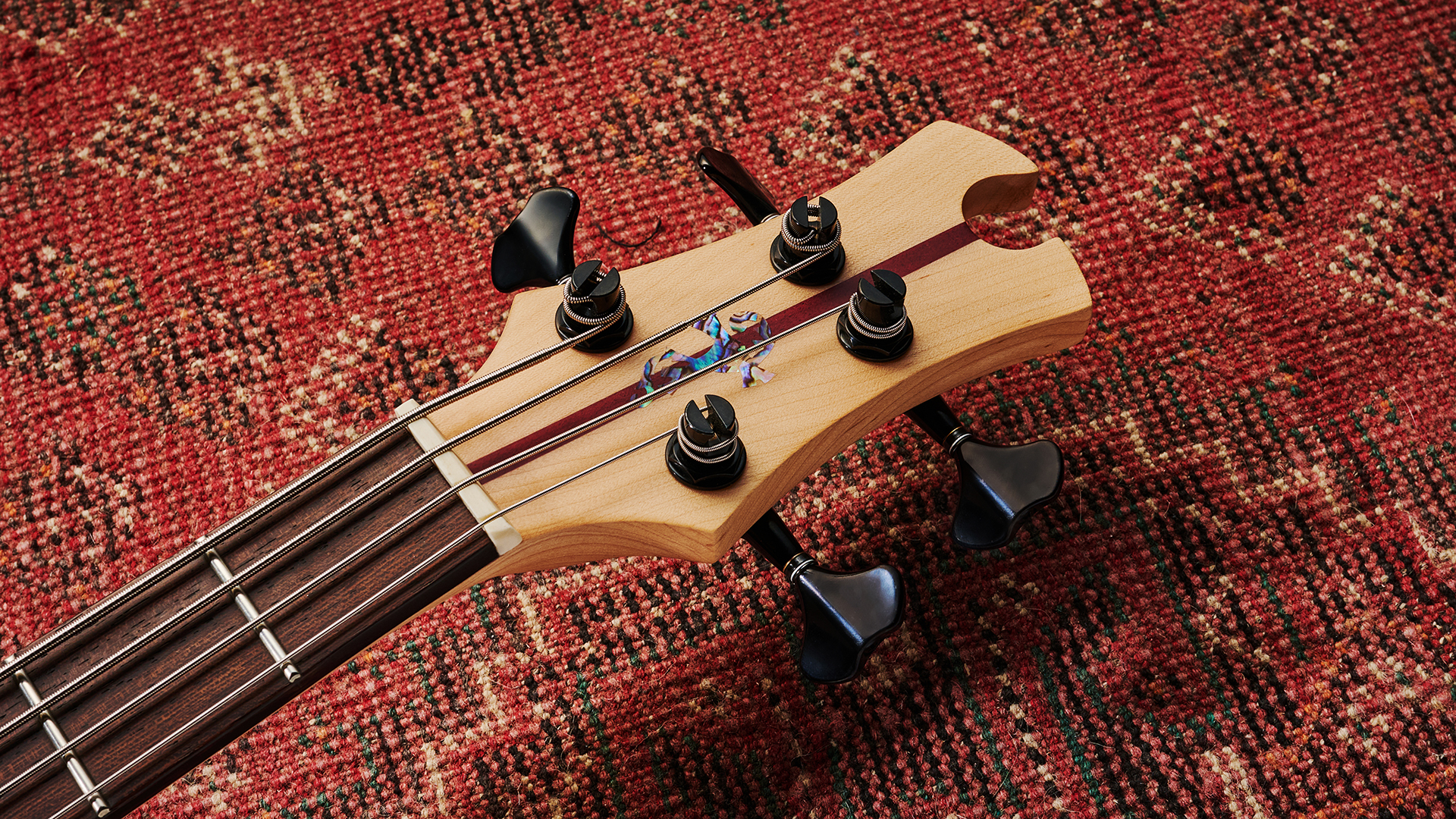
Introduced in 1995 (so always a Gibson-era product), the Growler was designed by Tobias R&D/product specialist Jim Burke, going on to become a popular model.
It was inspired by the time-honored Music Man StingRay blueprint, but with tweaks including a two-octave fingerboard and its own preamp and pickup design created with Bartolini offering greater control over the single-pickup's tonality. Happily, that unique circuit has been replicated here, as we’ll see.
Specs
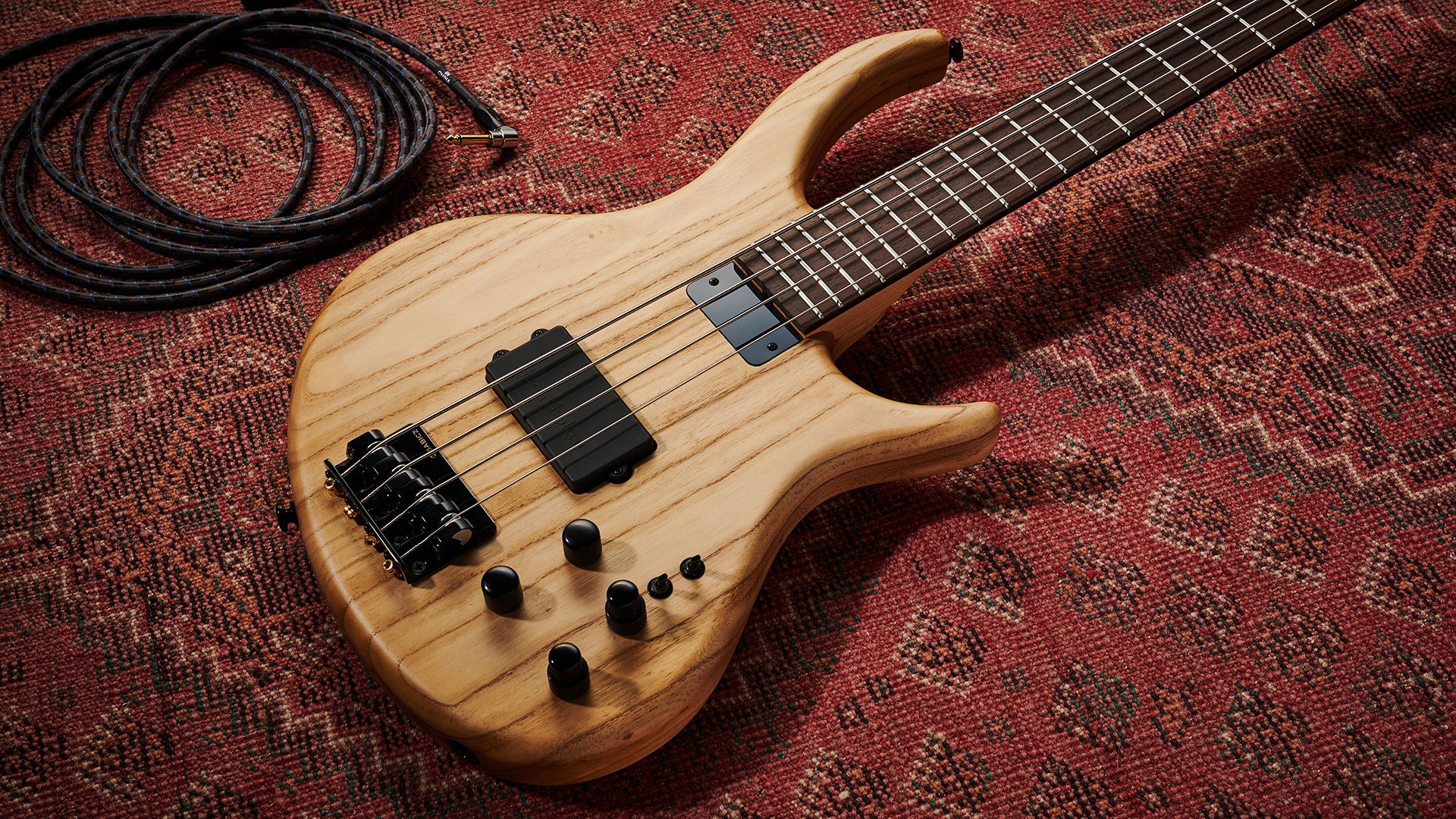
- Price: $1,399/£1,399/€1,599
- Made: Indonesia
- Type: Four-string active bass
- Body: Paulownia
- Neck: Three-ply maple and purpleheart, bolt-on, asymmetrical profile, dual-action truss rod
- Fingerboard: Wenge, no inlays
- Scale length: 34"/863.6mm
- Nut/width: Bone/41mm
- Frets: 24, jumbo
- Hardware: Gotoh compact die-cast tuners, Babicz FCHZ4BK bridge
- Electrics: Bartolini MM42CBJD3 quad-coil pickup, volume control, centre-notched pickup blend control, stacked bass/treble boost/cut for rear coils, stacked bass/treble boost/cut for front coils, three-position mid frequency switch for rear coils, three-position mid frequency switch for front coils
- Weight: 6.2lb/2.8kg
- Options: The Growler V five-string is $1,499 in Satin Natural.
- Left-handed: Satin Natural only
- Finishes: Satin Natural (pictured), White Pearl and Black Pearl
- Cases: Tobias premium gig bag included
- Contact: Gibson
Build quality
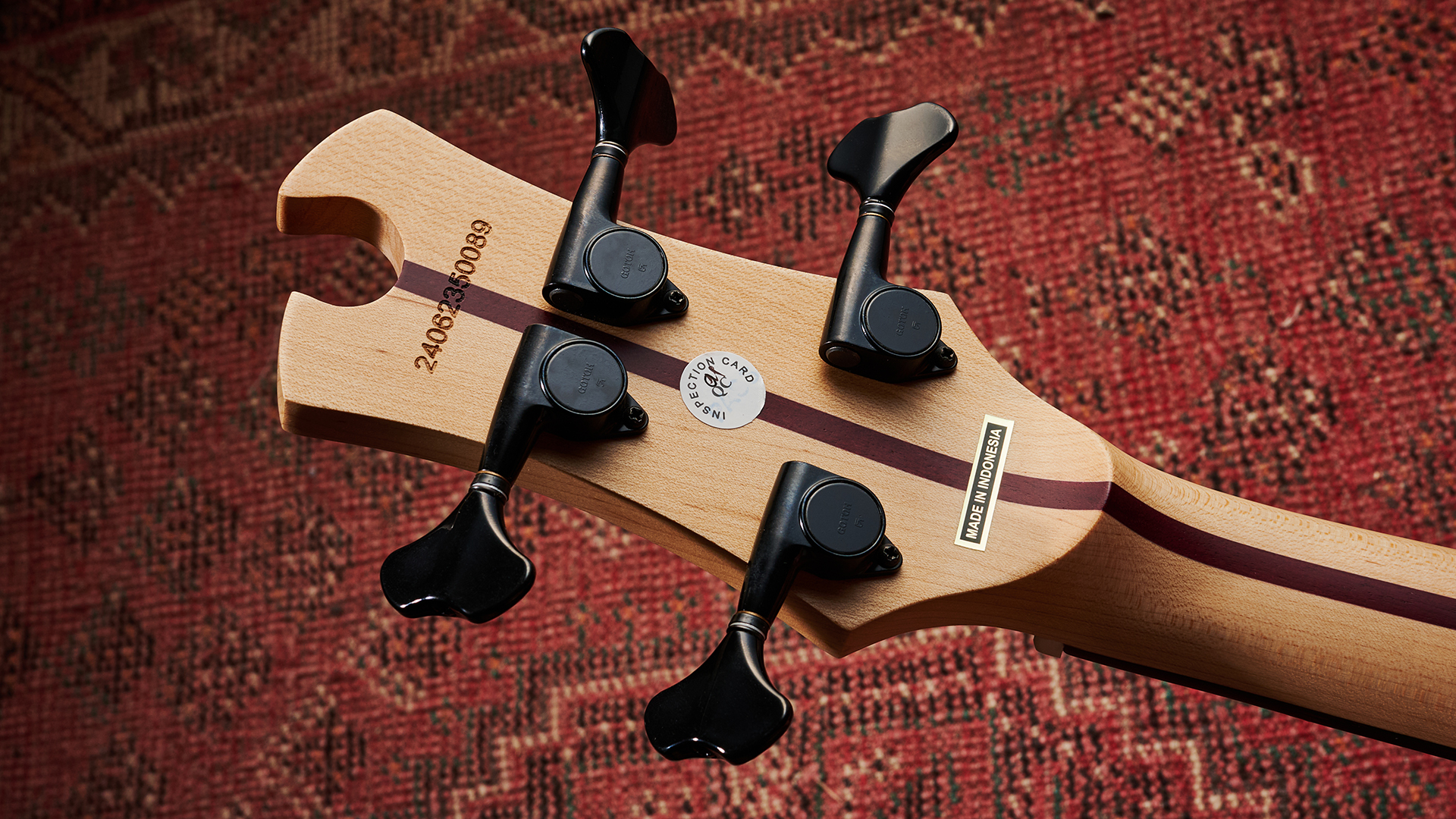
Build quality rating: ★★★★☆
Not everything is as it was, however. For the Growler’s offset body, the original ash has been replaced by paulownia (two pieces, neatly center-joined). This wood has been on the fringes of the industry for a couple of decades, with several makers having dabbled with it - it’s notably fast-growing, making it an easily-available, ecologically sound choice.
The neck is maple and purpleheart, crowned by a dark, straight-grained wenge fretboard with no inlays. It all adds up to a sleek, minimalist aesthetic, a good-looking instrument which should appeal to fans of 'modern' bass designs - Tobias, of course, having originally helped to popularize that style.
Notwithstanding a small gap in the neck pocket by the bottom horn, overall build quality is tight - with a neat control cavity, and premium hardware from Gotoh (Compact tuners) and Babicz (FCHZ4 bridge).
Playability
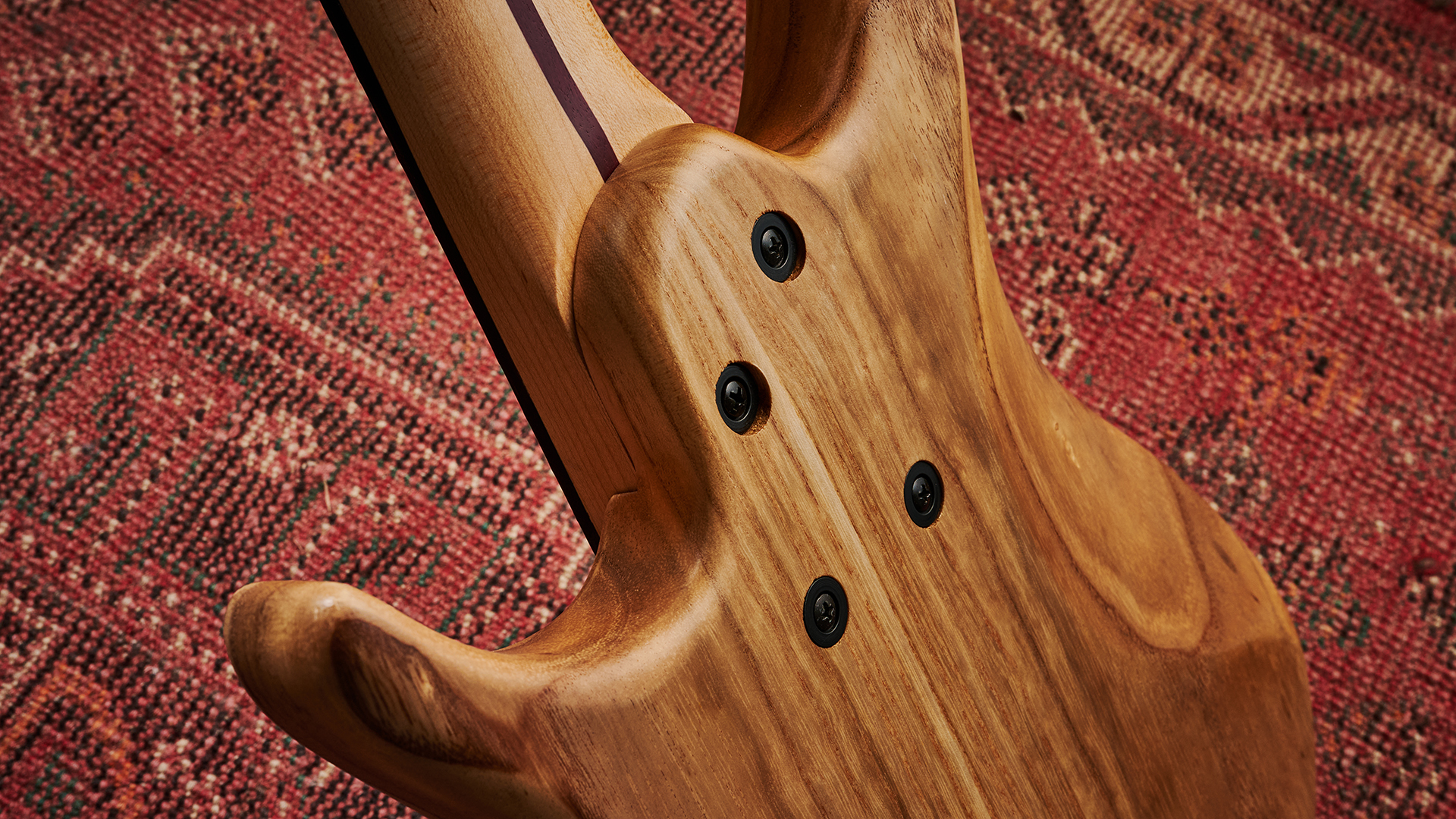
Playability rating: ★★★★★
Thanks to the body’s long top horn, it balances extremely well. It also rings like a tuning fork…
A defining characteristic of paulownia is its low mass, and so this Growler is absolutely feather-light, barely over 6lbs - quite a change if you were expecting a dense ash-bodied bass (the attractive grain of this example could easily be mistaken for it, in fact).
Consequently, alarm bells rang in my head as regards on-strap balance, but in fact, thanks to the body’s long top horn, it balances extremely well. It also rings like a tuning fork - a pleasing, lively acoustic response, which should bode well for when it's plugged in…
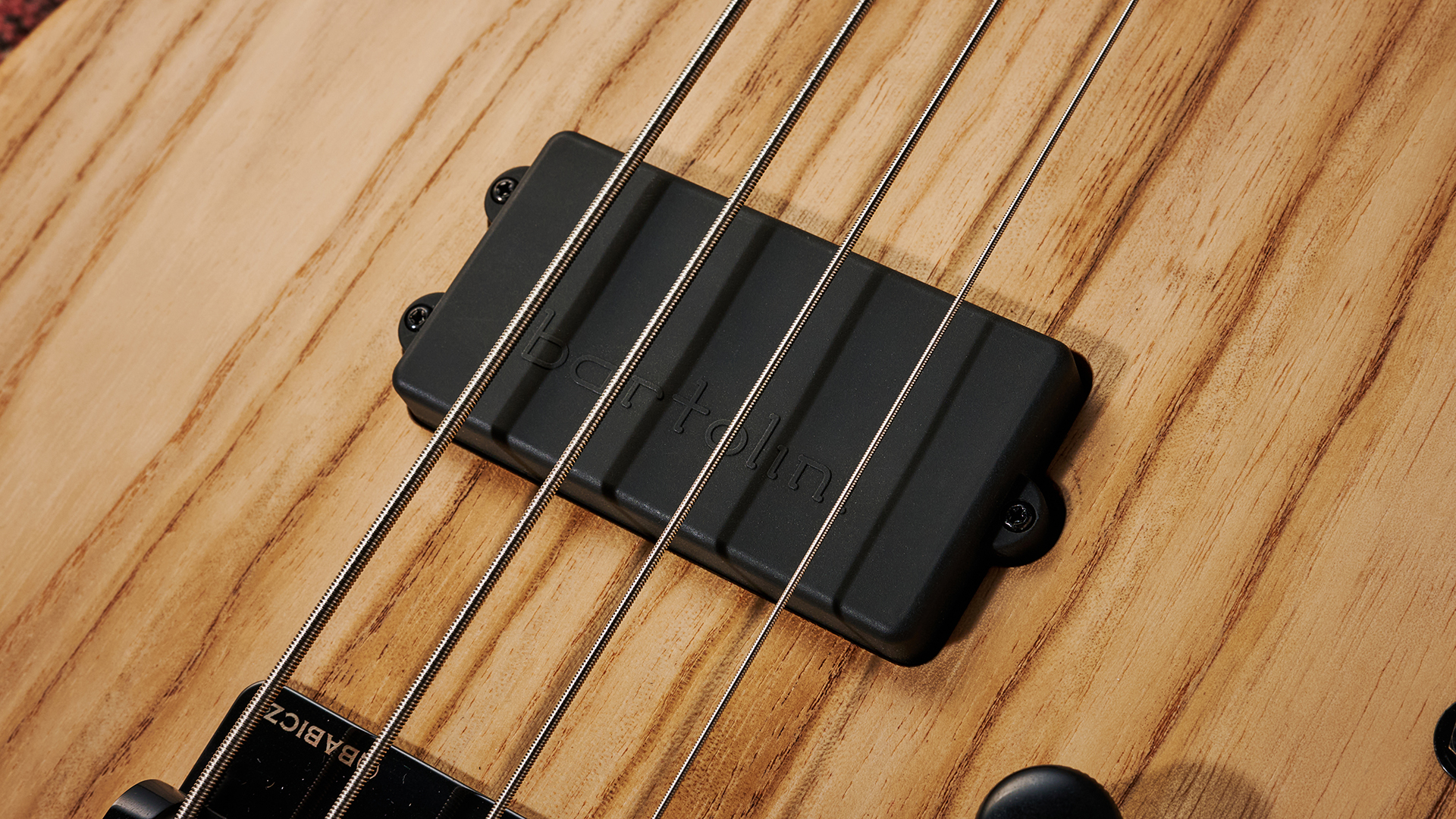
The neck showcases Tobias’s signature profile, a rounded asymmetrical carve with a thicker bass side to support the thumb when holding down lower notes, and a noticeably slimmer treble side for agile higher-register playing. It’s a great profile - one might be pleasantly surprised by how natural it feels from the off.
Despite the very comfortable weight and balance, it remains possible that some players will find the flyweight paulownia body to be less substantial than they're used to - but those concerns lessen after you lose a few hours playing this bass and realize how untaxing you’ve found the whole experience, with the comfortable shape, low weight and ergonomic neck.
Sounds
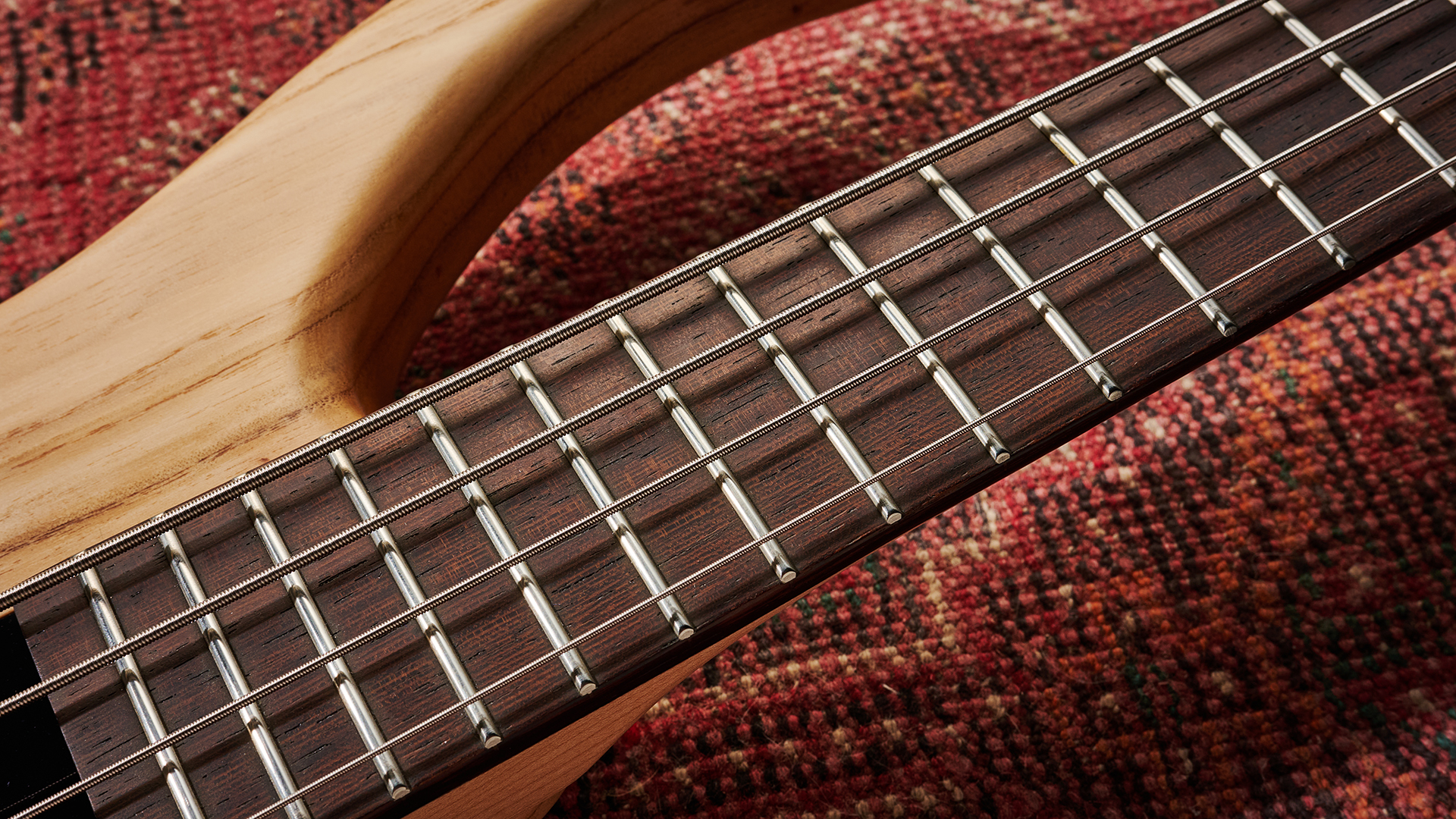
Sounds rating: ★★★★½
The electrics also offer much variety to keep you engaged. The single humbucker might lead you to expect a simple StingRay derivative - not so fast on that. It’s a Music Man-sized pickup, yes, but with four coils instead of two.
Bernard Edwards or even Joe Dart fans will find plenty to enjoy here
There are separate two-band EQs for each half of the pickup, and a pair of three-way switches for setting midrange frequencies - which designer Burke originally termed the ‘slap switch’. Lastly, a volume control, and a centre-notched pot for panning between the two halves of the pickup.
Those mid-frequency switches provide a lot of variation on their own - from full-bodied low-mids to a pronounced scoop. These switches and the EQ knobs should be considered together, as some switch positions benefit from further adjustment. And don’t discount that pan pot either - this ended up being vital to unlocking the Growler’s versatility.
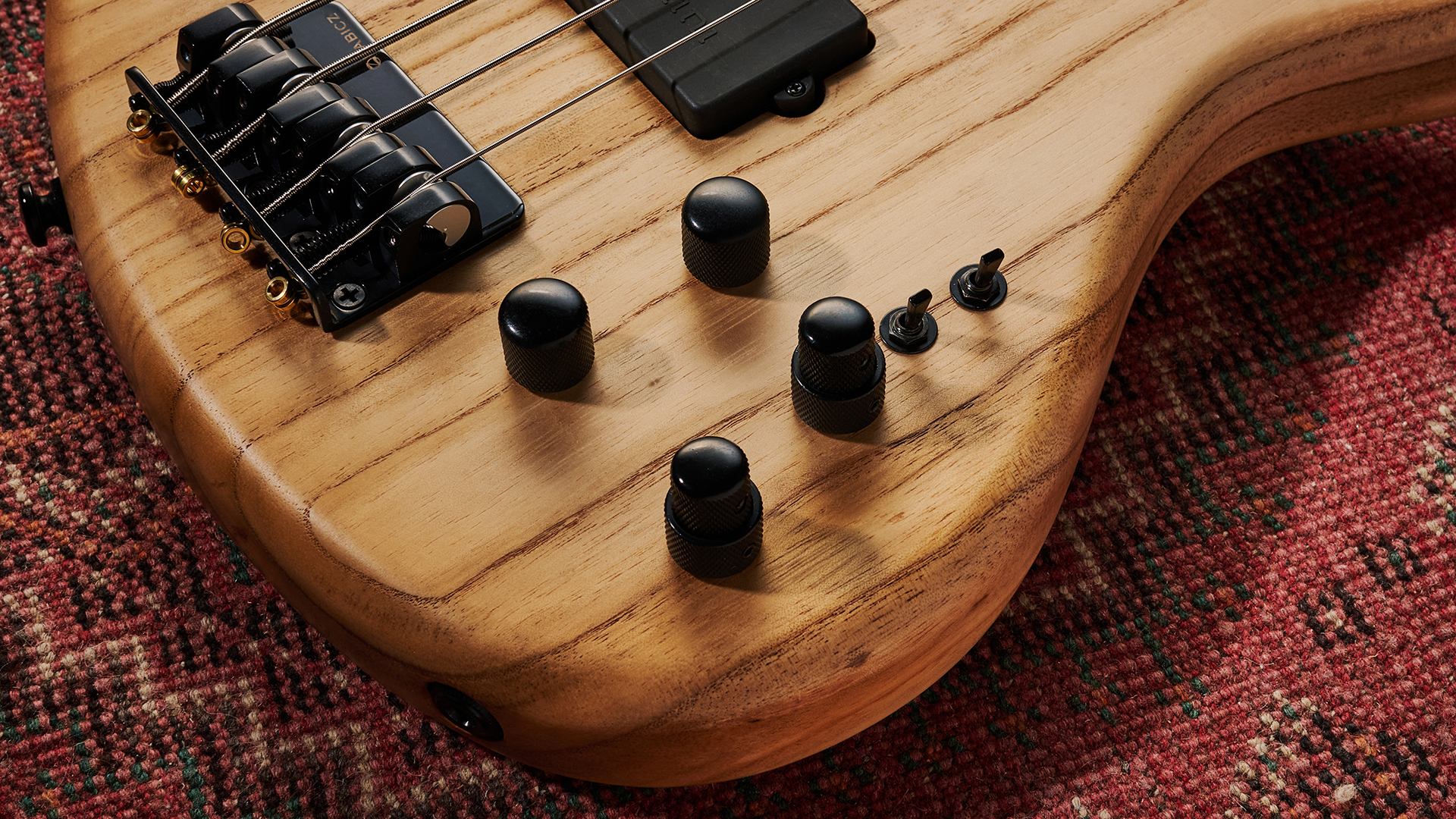
Followers of Rage Against the Machine and Faith No More will love how the scooped EQ helps higher-gain tones retain awesome clarity and aggression.
But panning between two halves of the same pickup - surely that's a bit of a waste of a feature? What can really be so different between the two when they sit directly next to each other?
You might think so – before you dial-in the EQ of each side separately, and particularly, engaging the switches. Setting the back half of the pickup for a scooped, aggressive bark, and dialing-in a warmer, more mid-heavy tone on the 'neck' side, the Growler comes into its own.
That former setting, at the bridge end of the pickup, is a magic bullet for technical slap parts when played with a clean, compressed tone.
The titular ‘growl’ really comes out with an overdriven signal – followers of Rage Against the Machine and Faith No More will love how the scooped EQ helps higher-gain tones retain awesome clarity and aggression. The same can be said for pick players of heavier styles.
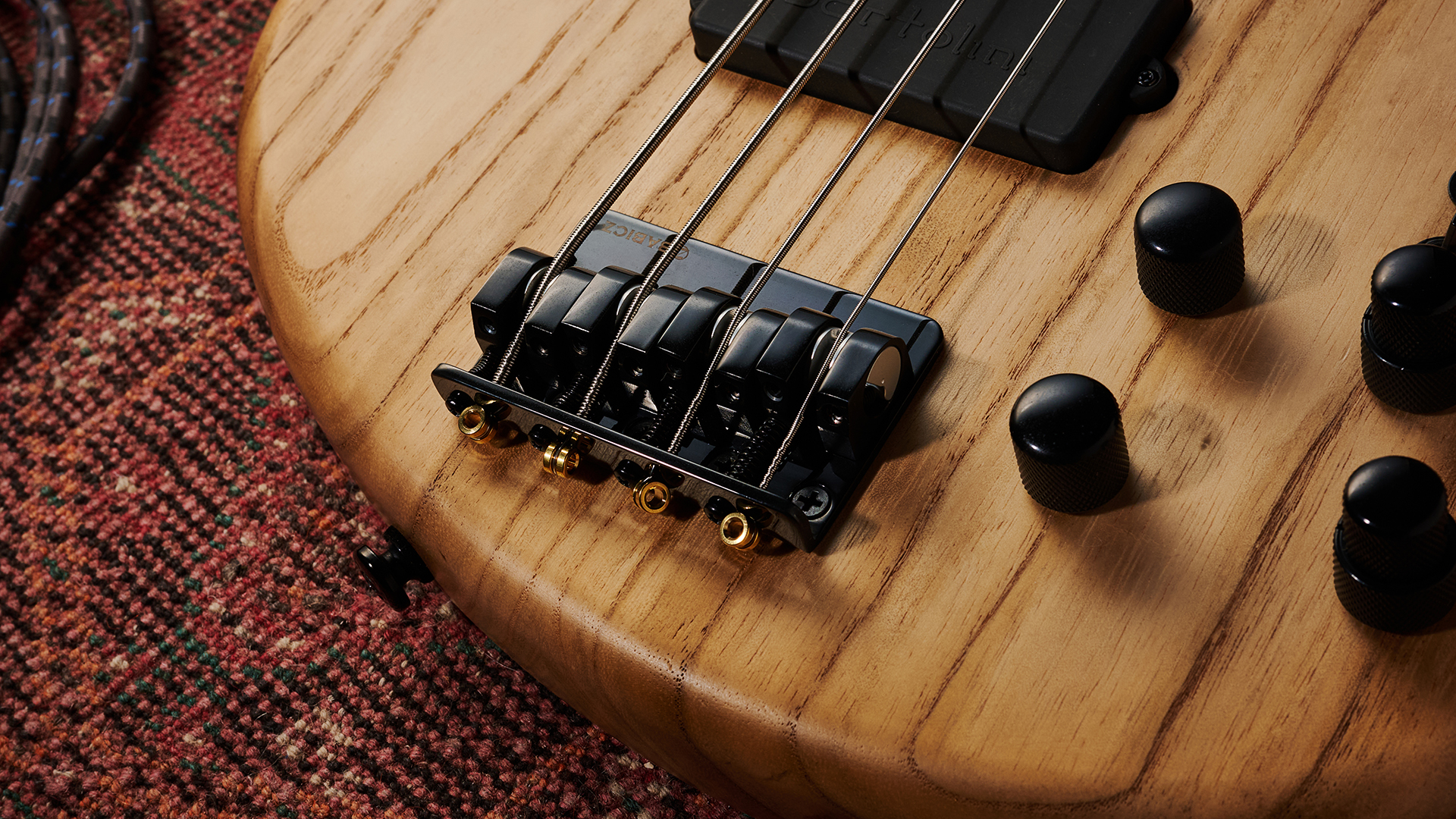
Meanwhile, the other side of that Bartolini can bring out warmth and punch that lends itself to cleaner, fingerstyle funk, disco and pop – Bernard Edwards or even Joe Dart fans will find plenty to enjoy here.
And far from just sounding good at those two extremes of the pan pot, these settings also blended very effectively - in dead-centre, we ended up with a punchy, defined tone that really does offer the best of those two worlds.
Verdict

So, lightweight comfort, a surprising variety of sounds, quality construction, and a unique custom-shop aesthetic, all on a bass that still effectively sits in the mid-priced sector.
It's also nice to see Gibson engaging with the heritage of one of its lesser-spotted brands, bringing a cult-classic bass back into the limelight. Some players might find the incredibly light weight disconcerting, but others will marvel at how it practically disappears underneath the hands, facilitating contented, relaxed playing for hours on end, particularly for long live sets.
Guitar World verdict: The Growler IV is an excellent instrument, offering a distinctive sound and vibe of its own, with a level of playing comfort that is tough to beat for this price. On this evidence, Gibson's relaunch of Tobias deserves to succeed – thankfully, it's clear that real effort has gone into doing the name justice.







